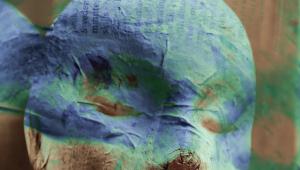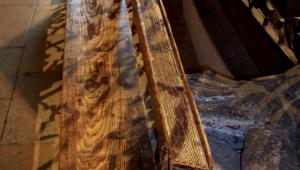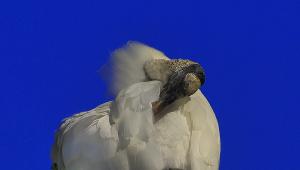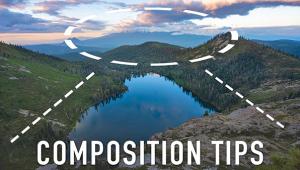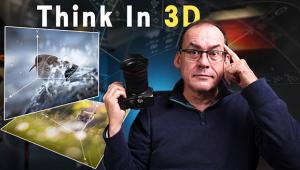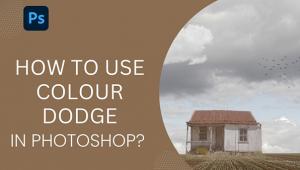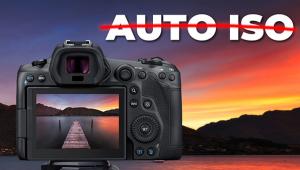Fujifilm’s FinePix S3 Pro
It Isn’t Just About Pixels Anymore Page 2
 |
|
|
The Super CCD SR II Sensor: All right, I know this is what you've been waiting to hear about. After all, this is the main reason for the new camera. And while other manufacturers have taken a "more megapixels is better" approach, Fuji departed from the mainstream and developed a chip that has greater dynamic range and a more film-like look to it. Sounds great you say, but does it actually give me a better picture? The short answer is yes. Can you make bigger prints? Yes. Will quality be improved? Yes. So let me explain how it works.
 |
|
|
Back about 1975 BD (Before Digital), I had a basic understanding of how film was made. It was basically layers of different sized light sensitive chunks (there are other layers for other purposes which we'll ignore). These silver-halide pieces had big chunks for low-light gathering and little chunks for brighter light. Put them all together and you've got a pretty good way of capturing an amazing range of tonal values, to the tune of about 10 stops. So Fuji figured, let's try the same concept using a digital chip. So instead of just trying to pack as many pixels as possible into the sensor, they opted to put different sized pixels on the same chip. There are 6.17 million of the bigger "S" pixels that respond to small amounts of light, like in shadows, and another 6.17 million smaller "R" pixels that are less sensitive and record the brighter light.
 |
|
|
How does the camera know how to mix all these "S" and "R"
pixels together? Well, it goes something like this. You can let the camera try
to figure it out all by itself or you can fiddle with it yourself. Leave the
dynamic range on Auto and the camera figures it. Or use Standard, Wide 1, or
Wide 2 to adjust dynamic range to taste. Look at some of the sample images to
see how it goes. I think most will be content to just leave it on Auto instead
of trying to outthink the camera.
Film Simulation Mode: This is another first on digital cameras. While
at first I thought this was "gimmicky," after shooting for a while
I can see its value. That value is time saved in post-processing. I may make
600 portrait shots a day during my busy season, so anything that can make my
images look better and also save me time is worthwhile to me. The F1 mode has
less contrast and is made for skin tones. This emulates color negative film
and is a good choice for portrait work. The F2 mode boosts both the color saturation
and contrast and is suggested for landscape photography. It approximates some
of the highly saturated transparency films. The "Standard" setting
shoots for somewhere in the middle.
Other Notes: The camera has a Live Video, another first for
a digital SLR. I find it of little value; it's black and white and only
lasts for 30 seconds. I guess I'm just used to a viewfinder and I can
use the new LCD panel, which is now higher resolution, to check focus and exposure.
One thing I do like is the fact that the histogram now has "blinkies"
like some other cameras to warn of "blooming," or overexposed highlights.
While that's nice, to get to it you must navigate through the general
histogram and then the ones for each color before getting to the blinkies. But
it's gone the minute you press the shutter. I'd like to see them
left on so you can see them in
the preview.
While I only did a few quick test shots to verify Fuji's claim of more
accurate flash metering, that appears to be the case. The same goes for the
in camera metering system. I found it to be quite accurate and capable when
used in the hands of an experienced shooter, as people spending this kind of
money should be. I aimed it at a gray barn and got a gray barn plus a histogram
with a middle spike. I shot a snow scene and it was under so I added 1.5 on
the compensation dial, put the range on Wide 2 and it looked great. I also did
limited shooting at ISO 400, and it appears that noise is greatly reduced. This
camera also boasts a new image processor that claims to improve both image quality
and shooting speed, a claim that appears valid.
My main focus during the 1000+ shots I took over three weeks was to verify that
the newly designed chip could give me a higher quality file with extended dynamic
range, as claimed. I can emphatically state that compared to the FinePix S2
Pro, it does just that.

Conclusions
As noted earlier, the FinePix S3 Pro is better in every way compared to its
predecessor. It has a better body, better metering system, better chip, starts
up much faster, shoots much faster, etc. Shooting with my 90mm macro lens, used
in many of the portraits, the quality was astounding. When viewed at 100 percent
(a 30x40 at 72dpi) detail was still sharp. I wouldn't hesitate to make
a 20x30 from these files at my pro lab.
The Hyper-Utility2 software is really nice, the camera has an auto rotation
feature, and the film emulation modes work nicely and save lots of post-shooting
time. About the only things I didn't like were the rather "spongy"
shutter release that would sometimes even balk on me (my FinePix S2 Pro does
the same thing) and the fact that you can't open the raw files in Photoshop,
which I expect will be corrected soon. The auto white balance also acted a little
strange at times, giving varying color in a series of identical shots taken
under the same lighting conditions.
This is a terrific camera and one I can highly recommend to the professional
portrait and wedding photographer. When I first heard the specs, I think my
reaction, and the reaction of many of my fellow pros, was, "Why bother
with a new camera if the chip is the same size?" That question has been
answered. Like I said before, I'm no engineer, I deal in the world of
results. And the results from this camera can give me a much higher quality
image and allow me a little more leeway when shooting JPEGs, which I typically
do. It is not a "half-step," but a major advancement. Priced at
about $2500 the Fuji FinePix S3 Pro can give you beautiful, smooth high-quality
files easily.
For a complete list of specifications, please visit Fuji's website at:
www.fujifilm.com.
By the way, don't forget to sign up for my free e-mail newsletter at:
steve@stevebedell.com.
- Log in or register to post comments

